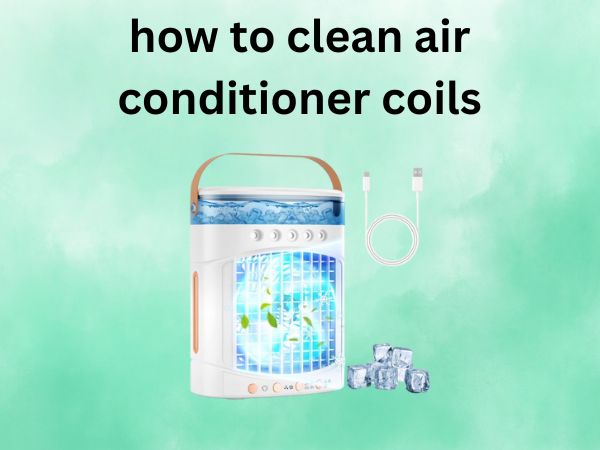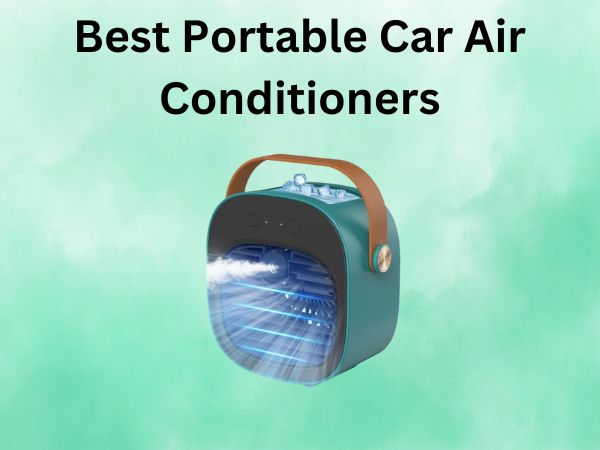How Do You Clean Out an Air Conditioner [Like a Pro?]
Have you ever wondered why your air conditioner doesn’t seem to cool as efficiently as it used to? Maybe it’s time to give it some much-needed TLC. Cleaning your air conditioner can make a world of difference. But how do you clean out an air conditioner like a pro? Let’s dive in and explore the ins and outs of cleaning your air conditioner, ensuring it’s working at its best.
Table of Contents
The Importance of Cleaning Your Air Conditioner
Our air conditioners are often silent heroes during those hot summer days. But over time, dirt and debris can accumulate, leading to decreased efficiency and even potential breakdowns. Like any hardworking machine, regular maintenance is crucial to keep its performance up to par. Cleaning your air conditioner not only extends its life but also improves air quality and energy efficiency.
Signs Your Air Conditioner Needs Cleaning
How can you tell if your air conditioner is crying out for a good clean? Here are some signs:
- The unit is blowing warm air instead of cool.
- Strange noises or unusual odors are coming from the unit.
- Higher electricity bills despite similar usage.
- Poor airflow or irregular cycling.
Essential Tools for Cleaning
Before you roll up your sleeves, gather these essential tools:
- Screwdriver
- Vacuum with a soft brush attachment
- Fin comb
- Garden hose
- Bucket with mild detergent
- Soft cloth
- Gloves and goggles for safety
Preparation Before Cleaning
Preparation is key. First, turn off the power to the unit to ensure safety. You’ll also want to check the manufacturer’s manual for any specific instructions.
Step 1: Cleaning the Exterior
Start by cleaning the exterior. Remove leaves, dirt, and debris around the unit. Use a garden hose to rinse the outside casing gently, steering clear of electrical components.
Step 2: Removing and Cleaning Filters
Filters are the guardians of air quality. Remove them carefully and wash them with a mixture of water and mild detergent. Make sure they are completely dry before placing them back.
Step 3: Cleaning the Coils
Dirty coils can be the culprits of inefficiency. Use a vacuum with a soft brush to remove any surface dirt. Follow up with a fin comb to straighten any bent aluminum fins.
Step 4: Cleaning the Drainage
The drainage system is prone to clogs. Check for any blockages and use a mild cleaning solution to clear the line.
Step 5: Finishing Touches
Once you’ve cleaned all the essential parts, reassemble the unit, ensuring all screws and components are secured. Finish by cleaning any surrounding areas.
Regular Maintenance Tips
To avoid wrestling with a dirty air conditioner in the future, here are some regular maintenance tips:
- Clean or replace filters every 1-2 months.
- Schedule annual professional check-ups.
- Regularly inspect coils and fins for damage.
Professional Cleaning Services: An Alternative Approach
If DIY isn’t your cup of tea, professional services can help. They offer expertise and detailed cleaning, ensuring your unit is in top shape.
DIY vs. Pro Cleaning: Pros and Cons
Cleaning your air conditioner can be a hands-on project for the weekend warrior. But with every DIY task, there are pros and cons:
- DIY Pros: Cost-effective, immediate scheduling, personal satisfaction.
- DIY Cons: Time-consuming, requires some skill and knowledge.
- Pro Pros: Professional-grade clean, time-efficient, no skill needed by you.
- Pro Cons: Costs more, scheduling might be required.
How Cleaning Affects Energy Efficiency
A clean air conditioner is like a well-oiled machine. It runs more efficiently, saving on energy bills and reducing environmental impact. Think of it as giving your unit a breath of fresh air.
Safety Precautions
Remember, safety first! Always turn off the power before starting, and wear protective gear like gloves and goggles. It’s better to be safe than sorry.
Conclusion
Cleaning an air conditioner might seem daunting at first, but with the right approach, you can tackle this task like a pro. Regular cleaning keeps your unit efficient, saves on energy costs, and ensures comfortable, clean air in your home. So next time your air conditioner seems sluggish, you’ll know just what to do!
FAQs
How often should I clean my air conditioner?
Ideally, you should clean or replace your air conditioner’s filters every 1-2 months, especially during high use times. Deep cleaning of components like coils should be done annually.
Can I clean my air conditioner with bleach?
It’s not recommended to use bleach as it can damage the unit. It’s better to use mild detergents or cleaners specifically designed for air conditioners.
What are the benefits of hiring a professional to clean my air conditioner?
Professionals can provide a thorough clean with the right tools and expertise. They can also spot potential issues before they become big problems, saving you time and money in the long run.
Is it necessary to clean the exterior if it’s just dusty?
Yes, even dust can impact the efficiency of your air conditioner. Regularly cleaning the exterior helps maintain optimal airflow and performance.
Why is there water leaking from my air conditioner?
Water leakage often indicates a clogged drainage system or a problem with the condensate pump. Ensuring the drainage is clean and unobstructed usually resolves this issue.



